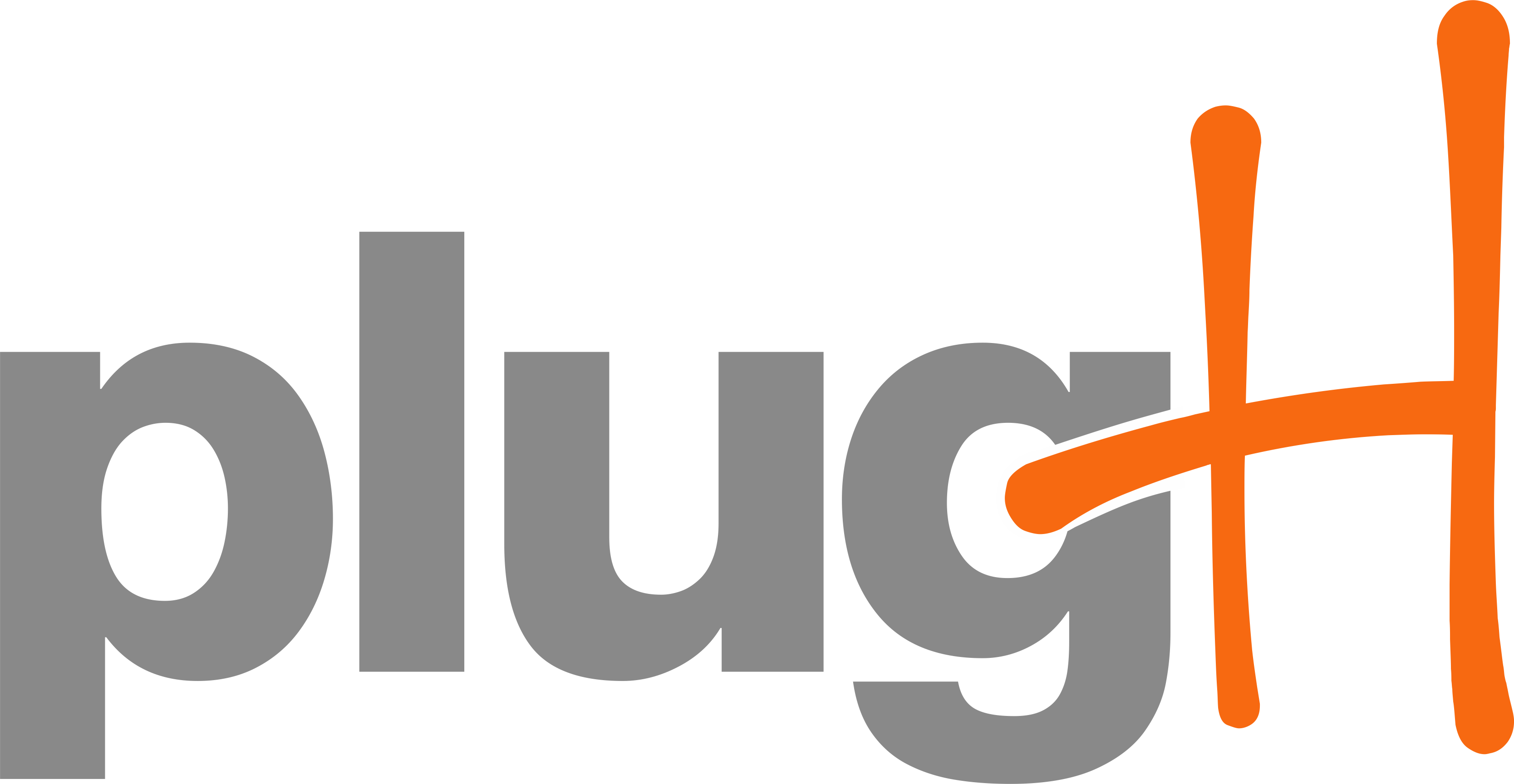A frustrating fact about health and wellbeing choices made by human beings is that they make the choices fully aware that they are not right in making those choices. Think about the “diet plans” that lie in bins and gym membership fee which goes waste. In such a scenario, human beings need to be “nudged“.
Nudge methods are indirect, tactical, and less confrontational
This article suggests some nudge strategies for the workplace and the advocates the application of the philosophy on a wider range of areas.
When University of Chicago economist Richard H. Thaler and Harvard Law School Professor Cass R. Sunstein, first published. “Nudge: Improving Decisions about Health, Wealth, and Happiness” in 2008, they had outlined the idea as an ethical concept, by academics, for the improvement of society, not as a mechanism for commercial exploitation. However commercial usage of the idea has far outdone the usage for driving health, wealth and happiness in the world at large
For the uninitiated “Nudge involves designing choices for people which encourage positive and helpful decisions.”
One of the most famous examples of a nudge are the urinals at Schiphol Airport. Some smart airport worker suggested painting a small fly onto each urinal and it turns out that men like to aim at something! The fly is in the best place to avoid splash back. This simple change reduced the cleaning costs by 20%. We all have read about it – been amazed with the simplicity of the idea and then probably not thought too much about it.
In “Nudge” lies a powerful concept to influence the “Health & Wellbeing” of people something we are very passionate about.
‘Forcing’ methods seldom work out – take the example of a “No Smoking office premises”. We all know how successful they have been in having people quit smoking! On the other hand, “Nudge” methods are easier for people to imagine doing, and less threatening and disruptive to actually do. Nudge methods are indirect, tactical, and less confrontational – in fact nudge methods may be cooperative and pleasurable too.
Here are a few examples which could get you thinking:
- Nudge in the cafeteria
Smaller plates, provision to take half portions, no salt sprinkler on the table, calorie counts mentioned in the menu, keeping aerated drinks and chips in the back rows, posters to encourage mindful eating etc. are all nudge methods for a better choice
2. Nudge for financial wellbeing
“If you provide a benchmark such as ‘85% of people of your age save 25% of their salary as saving in a month’, 85 per cent of people will want to be above that benchmark because they think they are better than the average person.
3. Nudge for driving values
Building new social norms or leveraging old ones can be used to nudge people to adopt healthier behaviour. For e.g. recognizing people who live a certain value through their work or leaders sharing their stories about living a certain value can become reasons people are nudged into adopting the same behaviour. For e.g. what if your drive a campaign #heforshe where men promote the cause of women’s growth at the workplace – imagine what it could do for you in the face of the toxic effects that the “me too” movement left behind.
A good nudges follows the EAST acronym:
Easy, Attractive, Social and Timely.
Now, think of all the behavioural changes that you have been trying to influence in the organization and see if you can “Nudge” people into it.
I hope this sets you thinking!




